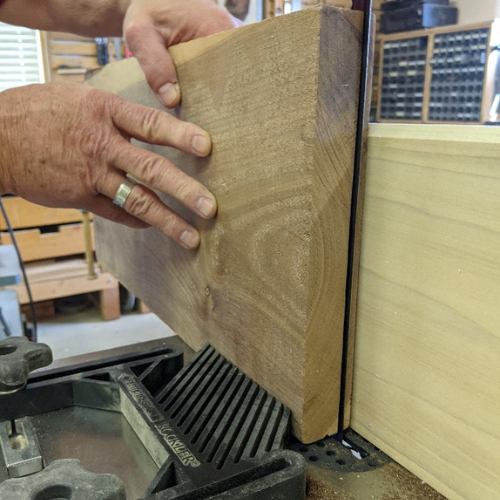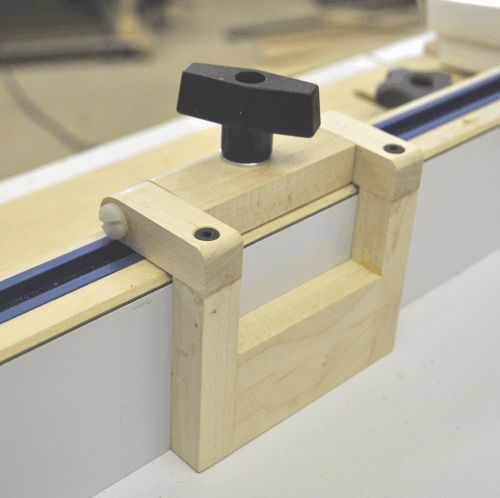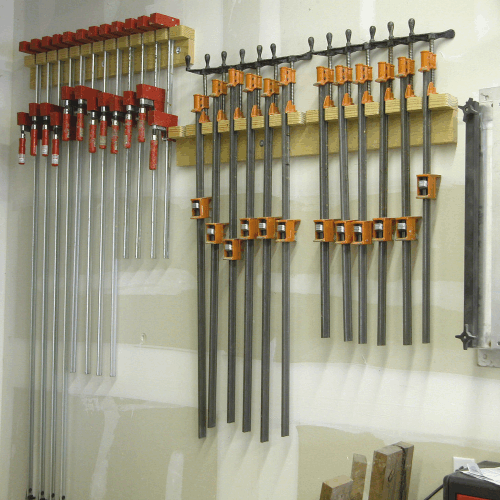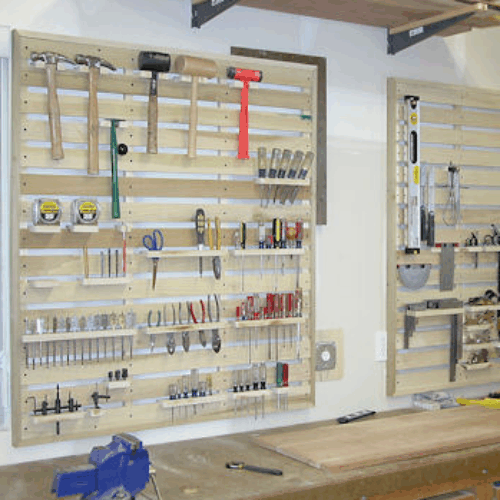You have a nice piece of lumber, some Ash or Rosewood, you’re just dying to turn into a jewelry box, or a bookshelf. Before building your project, you’re going to have to do some resawing to get to the thinner boards you’ll need to complete your piece.
The saw you need to use depends mostly on the dimensions of your cut. For thicker cuts that need to be completed along the grain, a bandsaw is generally preferable, especially for straight cuts where the wood is much thicker or making curved cuts for instance, in roughing out a bowl. A table saw works with thinner lumber but takes more wood with the cut and can only cut the height of the blade which can be dangerous if trying to cut the entire blade height. On the other hand, a bandsaw’s cut is much thinner preserving more of the wood and can cut much thicker pieces of wood and is especially good when it comes to delicate veneering.
The effectiveness of your saw and your components rests heavily upon how you use the tool. While there is no substitute for a pristine blade primed against a perfectly maintained flywheel, Even the highest quality metal can dull and break when operated sub-optimally, and if your blade keeps slipping off the wheels then your project will suffer from drift and other resawing quality issues.
So before you fire up the old bandsaw and get ripping into that lovely piece of wood, let’s go over a few things every woodworking enthusiast should always keep in mind.
Knowing your saw is essential to being able to maintain it!
Whether you’re using a bench-mounted or floor-model bandsaw, there’re a lot of moving parts to keep an eye on. From tilting tables, pulleys, wheels, blade guides, to the insert that keeps your blade from running into the hard surface of your table or jigs you might use, all must be maintained and aligned perfectly to make accurate even cuts when resawing. While a bandsaw is generally quite safe for use and not prone to faults stemming from negligence, keeping up with the alignment and wear and tear can drastically improve the quality of your build. Like we mentioned earlier, your bandsaw is a fairly complex machine, and requires appropriate “tuning” to produce the best possible results.
While it can be a painstaking process, the entire act of making a test cut, examining the angle and the direction in which your blade drifts, and then adjusting your fence to ensure it falls exactly perpendicular to your material; lends accuracy and quality to your cuts. Adjusting your guides and bearings, while doing the same, also helps prolong the life of your blade and keeps the blade from twisting. If you’re setting your upper or lower bearings too close to the teeth of your blade, you’ll possible damage the blade and your guides and the kerf won’t be enough to properly remove the saw dust. Setting the guides right behind the gullets of the blade is best as shown in the picture below.
Taking the time to make sure your guides align, and that your blade sits and tracks perfectly, is a big part of maintaining your machine.
While resawing, what if the blade suffers from drift? This could be for a variety of reasons, some not even having anything to do with your blade itself. You could be feeding it too fast, the tires on your wheels might have be worn and require replacing or you might need additional
tension to help your blade track better. Usual the main culprits are a dull blade or the tensioning of the blade. If tensioned too loose, it will cause drift and if tensioned to high, it can ruin the tires on the bandsaw and even break the blade weld.
Picking the Right Blade is always an Important Factor in Resawing
There are a lot of myths surrounding blade quality and the way it is assessed. One of the more popular ones is that more TPI (Teeth Per Inch) automatically translates to a better blade or a smoother cut or improved resawing. This is not always true. While more TPI can result in a smoother cut, TPI mainly affects the cut you are trying to make and more TPI does not make a better blade. this is generally true, it is not always the case. If you’re cutting into thicker stock, the tiny gullets of a high TPI blade simply won’t be able to remove the residue that your teeth chip off. Thus the cut won’t get cleaned out, and as sawdust collects and compresses into your cut and generates pushback, your blade will eventually get pushed to either side or start smoking. In such a case, a low TPI sharp blade fed slowly would work much better.
Tensioning a blade can be a challenge to the average woodworker. Some believe that a high-tensioned blade will result in the blade tracking straighter leading to a better, more accurate cut. When tensioning a blade, you should be focused on the right tension, not high or low tension. Too high a tension can break the blade weld, ruin the tires on your bandsaw as well as put extra wear on the wheel bearing. Too low a tension, can result in blade drift and inaccurate cuts. Also, all blades are not made equal. In other words, some blades make a thicker cut than other and different blades can be made out of different materials.
Of the high-performing blades, Timber Wolf Band Saw Blades are a favorite among woodworkers. While priced slightly higher than your average blade, these blades run cool, quiet, and consistent, meaning you can rely on them earning their worth in the long run. Made from silicon steel, Timber Wolf blades are thinner than most blades which works your bandsaw less because less material is removed when making a cut. Because Timber Wolf Blades are a thinner blade, they are a low-tension blade. Tensioning them like an ordinary blade could break the weld. A good rule of thumb (and I mean thumb), if you can flex the blade about 1/8 to 3/16 on an inch by putting minimal pressure on it (with your thumb), it is plenty tight enough. Additionally, Timber Wolf has developed a special resawing blade with a 2/3 tooth design. These blades typically come in ½ and ¾ inch widths. The resaw blade has 2 larger teeth with deeper, larger gullets and then 3 smaller teeth with smaller gullets. This unique pattern repeats itself with the results a smoother resaw cut while more easily removing the sawdust.
Knowing your material is important when resawing
Knowing the different kinds and shapes of the wood being cut can affect your resawing efforts. Obviously, when trying to cut a round log, you need some sort of jig, plenty of which can be found on the Internet, to keep the log from turning while resawing. For straight, flat material, a feather board or two will help keep your stock pinned to your fence and/or the table. Warped material can be a challenge when resawing. It’s best to try and flatten one of the sides of the wood before attempting to resaw it. A piece that is only slight warped might be fixed by running it through a thickness planer. For a more warped piece, a router jig can be used to flatten the surface as shown in the picture to the left.
The various hardness of wood can be challenging when resawing. Your bandsaw runs at a constant, whether it is the speed, guide bearing or other stationary adjustments. Feed rate on the other hand is controlled entirely by the operator. As you might well know, hickory, for example, resaws much slower than pine. Walnut resaws different than Cherry, Poplar than Maple….and the list goes on. Feed rate tends to be a feeling depending on your bandsaw. Patience in feeding material through your bandsaw is essential to producing a quality, accurate cut. Too much pressure can cause your blade to drift and the wood to smoke or burn. Too little pressure can try your patience, especially if your wood stock is extra thick. Feed rate tends to be an art with woodworkers, similar to what tempo is to golfers. Swing to hard and it throws everything off-line. Swing to easy, and the ball doesn’t go far. And if you happen to be a golfer, you know the importance of keeping your clubs clean. This also applies to your bandsaw. A clean, well-maintained bandsaw will always produce better results.
With reference to all the tools in your woodshop, the bandsaw requires accurate calibration, maintenance, and frequent attention to produce favorable resawing results. Hopefully this article has focused on the actions needed to produce these results.






